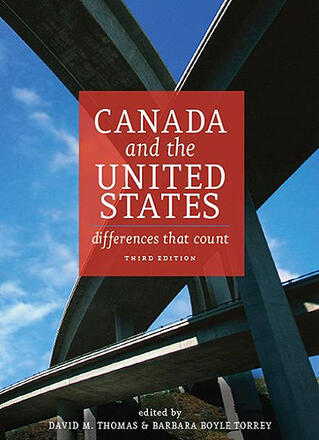
Canada and the United States
Differences that Count, Third Edition
Description
This thoroughly revised edition of Canada and the United States: Differences that Count continues to address, in a timely way, key institutions and policy areas, adding new chapters on welfare, race and public policy, values, demography, crime, the environment, conflict resolution, and federalism. Data sources for further research have also been included. As in the previous editions, the book does not assume that differences are increasing or decreasing or that one country is "better" than the other. In a straightforward and readable manner, the book looks at the Canadian way and the American way of doing things. From health care to crime (and punishment); from immigration to race and public policy; from tax regulations to the environment; from values to prime ministers and presidents there are as many differences as there are similarities in the way the two countries do things, and not infrequently it turns out that the similarities and differences are not as we have assumed them to be. In Canada and the United States: Differences that Count, Third Edition, leading authorities compare and contrast the Canadian and the American experiences. They do so in the hope of creating a better understanding of the similarities and differences so that policy-makers, students, and ordinary citizens in each of the two countries may learn from the experiences of the other.